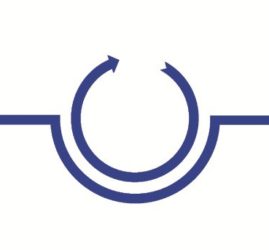Simulator Engineering and Testing
Modern digital control systems have become more complex as PLC platforms and dedicated control systems have merged. In order to still be able to fully test these systems prior to site installation, software simulation environments have become almost mandatory.
A typical simulator setup we use involves a single PC that can be used to run the control logic and a model of the site equipment. This simulation environment includes a model of the prime mover and all package equipment present in the system. As all communications are supported, the actual HMI computers for a project are also used for visualization and testing.
The main advantages of a simulation environment over test tools like digital test stands and in-program test logic are :
- Ability to slow freeze or single step the logic
- Detailed model of installation and prime mover
- Independent testing by different engineer
- The PC based system can be used at any location (DCS integration testing, training etc.)
- Push control beyond practical limits imposed by real equipment (full load rejections, opening generator breaker, overspeed tests)
- Use of manufacturer supplied or custom made dynamic turbine models
- No actual control hardware is required
During the execution of a project, the simulation environment is usually created in parallel with the control logic itself. Once the model is up and running it will be used for a number of different tasks:
- Testing of software logic and operator interface
- Development of new control strategies
- Identifying initial PID settings
- Training
- Site support and testing of field modifications
For new developed systems or systems that would integrate a gas turbine with a fluidized bed, it may be required to determine the appropriate dynamic responses of the control system to match gas turbine performance. Based on the dynamic behavior, the variable geometry schedules also need to be determined. For these situations, in the simulation
environment a very detailed gas turbine performance model is
implemented based on gas turbine component data such as
compressor and turbine characteristics. We have a relation with
the Dutch Aerospace Laboratory in the field of gas turbine
performance modeling for use in control system development.

